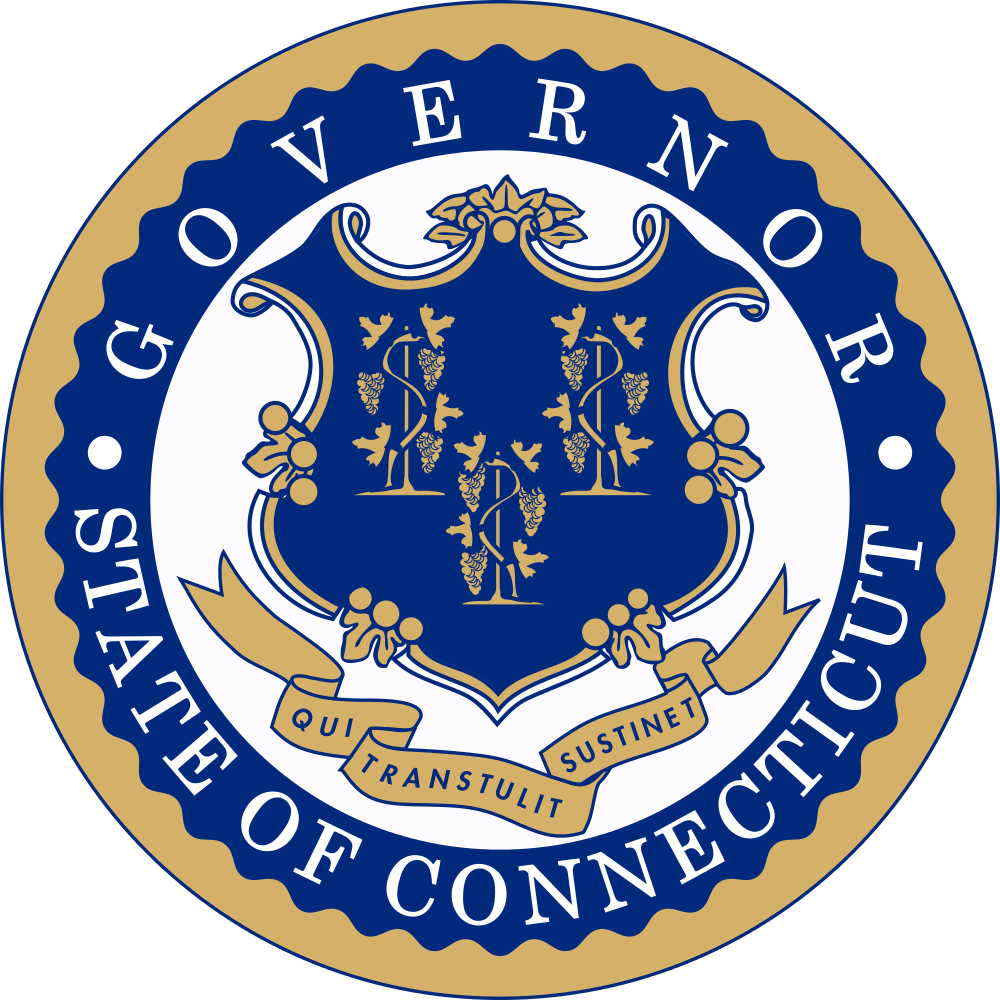Press Releases

07/28/2020
Governor Lamont Provides Update on Connecticut’s Coronavirus Response Efforts
Latest Data as of 4:00PM on Tuesday, July 28, 2020
(HARTFORD, CT) – As the State of Connecticut continues taking actions in response to the global spread of coronavirus disease (COVID-19), Governor Ned Lamont provided the following updates as of 4:00 p.m. on Tuesday, July 28, 2020:
Data updates on testing in Connecticut
The following is a summary of the day-to-day newly reported data on cases, deaths, and tests in Connecticut. It is important to note that these newly reported updates include data that occurred over the last several days to a week. All data in this report are preliminary, and data for previous dates will be updated as new reports are received and data errors are corrected.
|
Overall Summary |
Statewide Total |
Change Since Yesterday |
|
COVID-19 Cases |
49,077 |
+94 |
|
COVID-19-Associated Deaths |
4,423 |
+5 |
|
Patients Currently Hospitalized with COVID-19 |
54 |
-5 |
|
COVID-19 PCR Tests Reported |
750,700 |
+7,638 |
County-by-county breakdown:
|
County |
COVID-19 Cases |
COVID-19 Deaths |
COVID-19 Hospitalizations |
||
|
Confirmed |
Probable |
Confirmed |
Probable |
||
|
Fairfield County |
16,840 |
654 |
1,091 |
312 |
18 |
|
Hartford County |
11,741 |
660 |
1,091 |
320 |
12 |
|
Litchfield County |
1,506 |
64 |
117 |
21 |
1 |
|
Middlesex County |
1,313 |
61 |
151 |
38 |
3 |
|
New Haven County |
12,561 |
404 |
949 |
150 |
18 |
|
New London County |
1,319 |
63 |
77 |
26 |
0 |
|
Tolland County |
909 |
63 |
51 |
14 |
0 |
|
Windham County |
666 |
8 |
14 |
1 |
2 |
|
Pending address validation |
234 |
11 |
0 |
0 |
0 |
|
Total |
47,089 |
1,988 |
3,541 |
882 |
54 |
For several additional graphs and tables containing more data, including a list of cases in every municipality, visit ct.gov/coronavirus and click the link that is labeled, “COVID-19 Data Tracker.”
Regional travel advisory expanded to include more locations with high COVID-19 infection rates
The regional travel advisory between Connecticut, New Jersey, and New York that went into effect last month and directs incoming travelers from states with a significant community spread of COVID-19 to self-quarantine for a 14-day period was updated today and now also includes Illinois, Kentucky, Minnesota, Puerto Rico, and Washington, DC.
The quarantine applies to any person arriving from a state with a positive test rate higher than 10 per 100,000 residents over a 7-day rolling average or a state with a 10 percent or higher positivity rate over a 7-day rolling average.
As of today, the full list of locations meeting this criteria includes:
- Alaska
- Alabama
- Arkansas
- Arizona
- California
- Delaware
- Florida
- Georgia
- Iowa
- Idaho
- Illinois
- Indiana
- Kansas
- Kentucky
- Louisiana
- Maryland
- Minnesota
- Missouri
- Mississippi
- Montana
- North Carolina
- North Dakota
- Nebraska
- New Mexico
- Nevada
- Ohio
- Oklahoma
- Puerto Rico
- South Carolina
- Tennessee
- Texas
- Utah
- Virginia
- Washington
- Washington, D.C.
- Wisconsin
This list will continue to be updated on a regular basis as the situation develops across the country. Anyone seeking the most up-to-date information on the regional travel advisory is encouraged to visit the state’s coronavirus website at portal.ct.gov/Coronavirus/travel.
FEMA approves extension of non-congregate sheltering program through September 1
The Federal Emergency Management Agency (FEMA) has approved a 30 day extension of the non-congregate sheltering authorization under the FEMA Public Assistance program until September 1, 2020. This approval was previously set to expire on August 1, 2020. This vital program, which was initially approved in March, provides non-congregate housing to certain high-risk individuals, including those have COVID-19 or have been in contact with COVID-19 positive individuals. It provides the state and its municipalities with a 75 percent reimbursement of all eligible costs associated with this housing.
The program includes non-congregate housing for:
- Those at high risk of exposure in public service;
- Individuals in at-risk facilities such as group homes, nursing homes, long-term care sites, and alternative care facilities;
- First responders and health care workers who have been exposed and cannot return home;
- Homeless individuals in congregate shelters; and
- Individuals in domestic violence shelters.
Connecticut’s implementation of this program has been highlighted as a best practice by the National Low-Income Housing Coalition.
Governor Lamont encourages residents to sign up for the state’s CTAlert notification system
Governor Lamont is encouraging Connecticut residents to sign up for CTAlert, the state’s emergency alert system, which provides text message notifications to users. To subscribe, text the keyword COVIDCT to 888-777.
Providing information to Connecticut residents
For the most up-to-date information from the State of Connecticut on COVID-19, including an FAQ and other guidance and resources, residents are encouraged to visit ct.gov/coronavirus.
Individuals who have general questions that are not answered on the website can also call 2-1-1 for assistance, or text CTCOVID to 898211. The hotline is available 24 hours a day and has multilingual assistance. Anyone who is out-of-state or requires a toll-free number can connect to Connecticut 2-1-1 toll free by dialing 1-800-203-1234. This is intended to be used by individuals who are not experiencing symptoms but may have general questions related to COVID-19. Anyone who is experiencing symptoms are strongly urged to contact their medical provider.
- Twitter: @GovNedLamont
- Facebook: Office of Governor Ned Lamont


